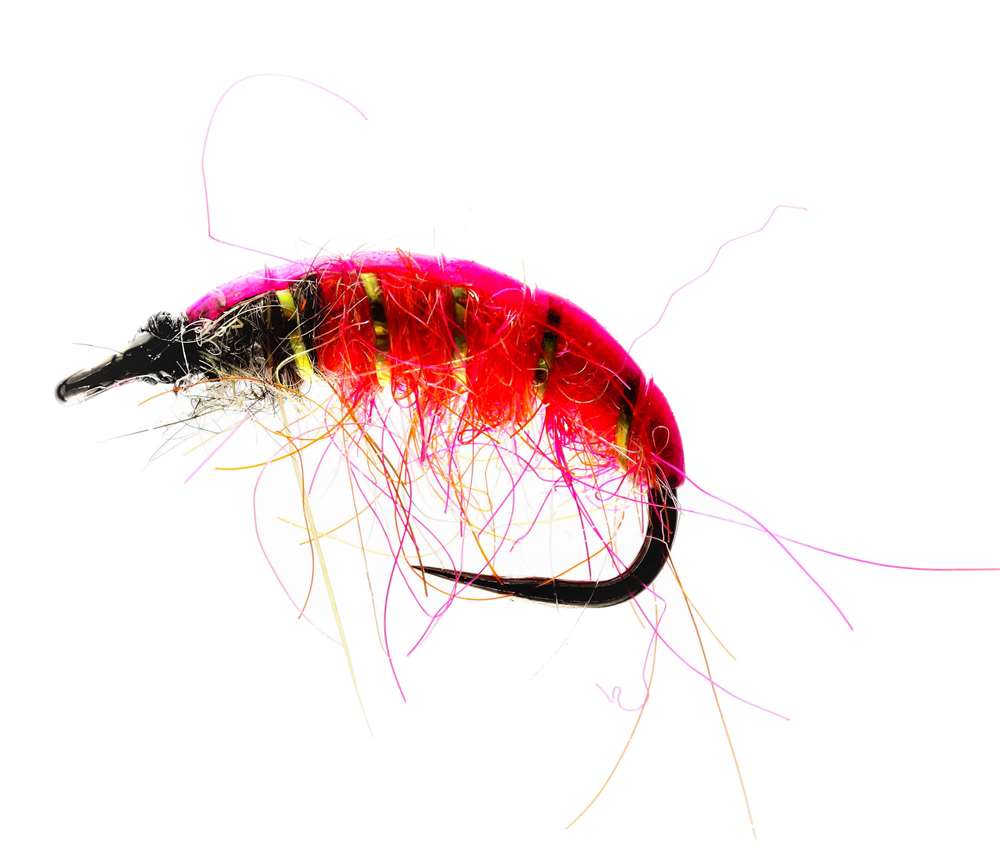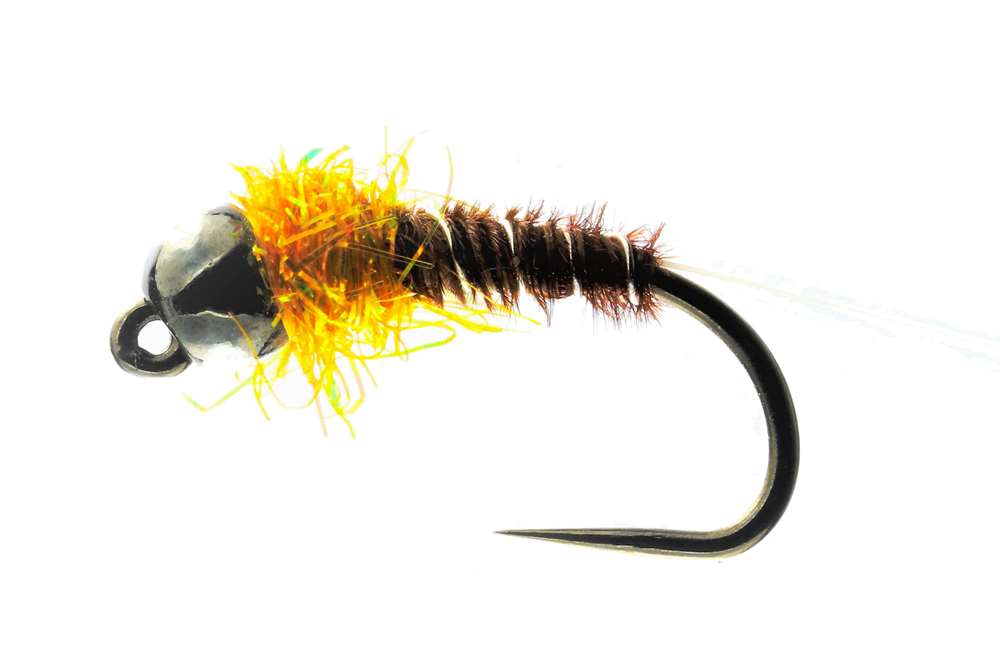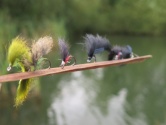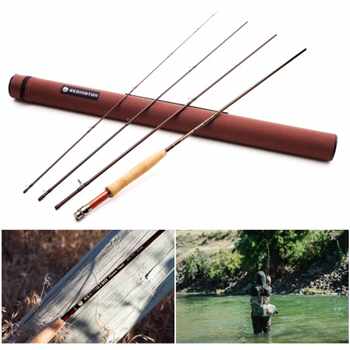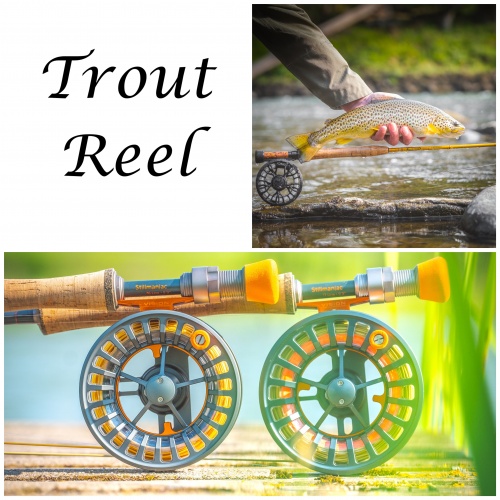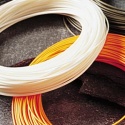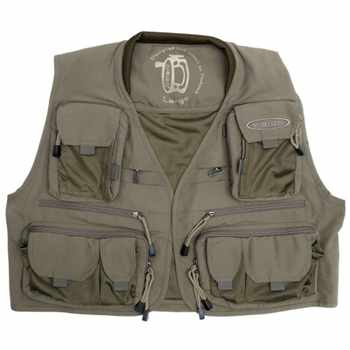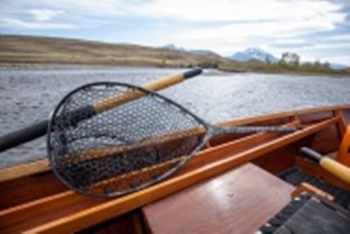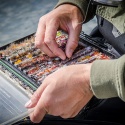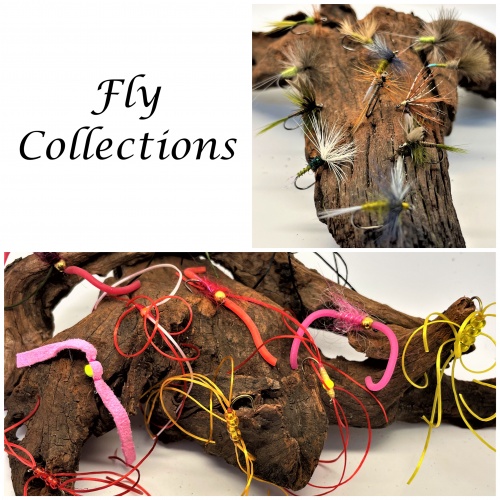Prepare For Grayling!
Get READY FOR GRAYLING!
As the of another trout season draws to a close, those keen to continue swinging a rod, turn to grayling fishing through the winter months. Although grayling have the same spawning period as other coarse fish they obviously come into season on June 16th. However, most anglers still have their heads full of trout at this time and rarely switch to grayling proper until after September 30th.
Granted there will be periods through winter when we might be standing waist deep in icy water whilst trying to tempt a huddle of grayling from a some dark, foreboding pool as we ponder on why this is so much fun! But, for now, let’s enjoy the months of October and November when mild weather often sees grayling feeding at the surface on most days. After all the humble grayling as something of a ‘free-rising’ reputation when all it takes is a few surface flies to get them looking up. Furthermore, dry fly can be used with confidence even when little stirs above water, as it seems, grayling always have one eye on the surface.
Flies To Try
Grayling are extremely gregarious by nature, in that they seek each other’s company. The obvious reasons being protection and safety is realised in numbers. So where you find one grayling, often, others will be close by. Furthermore this shoaling instinct results in a degree of competiveness when it seems we can catch several grayling from one spot before the remainder of the shoal realizes all is not well. This also makes them that little bit more tolerate of our presence when with care, you can get within a rod’s length of feeding fish, which is something that rarely happens with wild trout.
Speaking of which, grayling frequently rub shoulders with brown trout, so we can expect to find them sharing the same pools and feeding on similar insects. That said, the underslung mouth of grayling tells us they generally station themselves tight on the streambed when feeding, even if they are rising to insects at the surface. It’s vital then that our bugs and nymphs should be presented as close to the river bed as possible and is the very reason why Euro Nymphing techniques are all the rage. Because they hug the streambed where less friction occurs from water, grayling frequently move into more streamy parts of a river. In fact, it’s not unusual to find good numbers of them holding right in the throat of a pool, where swift currents bring food to them quickly. Naturally they won’t budge far to grab a food morsel, but a fly dropped right in front of their noses will often illicit a response.
That said, when flies hatch off, grayling tend to occupy the slower parts of a pool where slacker water allows them to make repeated trips to the surface without becoming tired. Like most angling advice this however is never written in stone, as it depends on the pace of water fish are feeding in and of course the food availability. For example, where lots of fly are hatching off in faster water, grayling will move there to feed. Conversely, tiny midges that emerge in modest numbers see grayling adopt the slower parts of a stream.
Finally, grayling have something of a distinct scent, which is reminiscent of the garden herd thyme, hence their Latin name thymallus thymallus. Some claim however their smell is more akin to the vegetable cucumber and in certain circles, locals often refer to grayling as the “cucumber fish”!




